The cause célèbre at the Tradewise tournament in Gibraltar, which finished earlier this month, was the extraordinary protest by Hou Yifan, the reigning women’s world champion, against having to play seven female opponents in ten rounds.
In the tenth and final round she made her complaint manifest by deliberately throwing the game in just five moves. The sensational outburst went as follows: (Hou Yifan-Babu Lalith, Gibraltar 2017) 1 g4 d5 2 f3 e5 3 d3 Qh4+ 4 Kd2 h5 5 h3 hxg4 White resigns.
The Gibraltar organisers reacted with indignation, pointing out that the pairings for their event are calculated by a well-established computer program which excludes any bias.
Ironically, the Tradewise tournament has gone out of its way since its inception 15 years ago to promote women’s chess. In this respect, the tournament has been an unwitting victim of its own success, helping to create a cadre of powerful female players, whose strength, in terms of ratings, rankings and titles, should quite cancel out any issues concerning the gender of any players’ opponents.
Furthermore, when examining Hou’s score against her seven female opponents, it will be seen that her four wins, two draws and one loss, against a rival Chinese competitor, by no means justify any accusations of a conspiracy to overload her with female opposition.
The final nail in the coffin of Hou’s complaint is the fact that there is no possible beneficiary of any attempt to manipulate the pairings.
I can see no advantage whatsoever for the organisers in arranging 70 per cent female opposition, while Hou herself was clearly opposed to the whole idea.
Hou Yifan-M. Muzychuk: Gibraltar Masters 2017; Nimzowitsch Attack
1 Nf3 d5 2 c4 c6 3 b3 Nf6 4 Bb2 Bg4 5 e3 Nbd7 6 Be2 e6 7 h3 Bh5 8 Nc3 Bd6 9 d3 h6 10 a3 0-0 White’s opening looks harmless but once Black has committed the whereabouts of her king White is given an opportunity to strike. 11 g4 Bg6 12 Rg1 This kind of attack, utilising the force of White’s fianchettoed queen’s bishop, combined with an advance of the kingside pawns, was pioneered by Nimzowitsch in the 1920s 12 … e5 13 h4 dxc4 14 dxc4 Nc5 15 g5 e4 16 Nd2 hxg5 17 hxg5 Nh7 (diagram 1) 18 Ndxe4 A horrible shock for Black who clearly overlooked this tactical possibility. 18 … Nxe4 19 Nxe4 Be7 Abject retreat but 19 … Bxe4 fails outright to 20 Qd4 forking g7 and e4. 20 Bd3 Bxg5 Regaining the pawn but also opening further lines for White on the kingside. 21 Qc2 Qe7 22 Nxg5 Nxg5 23 Bxg6 Nf3+ 24 Ke2 Nxg1+ 25 Rxg1 fxg6 26 Qxg6 (diagram 2) White has given up the exchange but the pressure against g7 is overwhelming. 26 … Rf7 27 Rh1 Qe8 28 Qh7+ Kf8 29 Rh4 Qc8 30 Re4 Black resigns
Got something to add? Join the discussion and comment below.
Get 10 issues for just $10
Subscribe to The Spectator Australia today for the next 10 magazine issues, plus full online access, for just $10.
You might disagree with half of it, but you’ll enjoy reading all of it. Try your first month for free, then just $2 a week for the remainder of your first year.

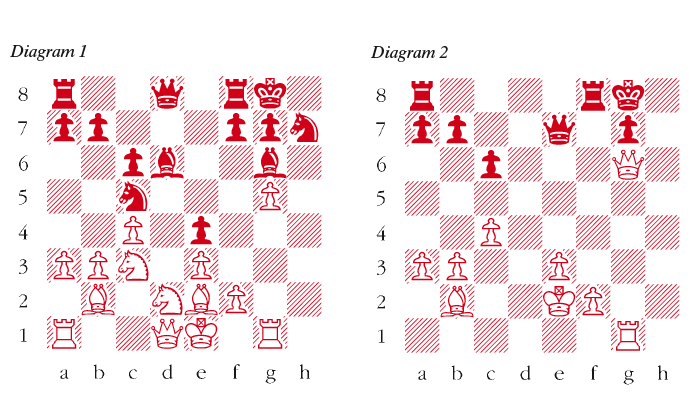
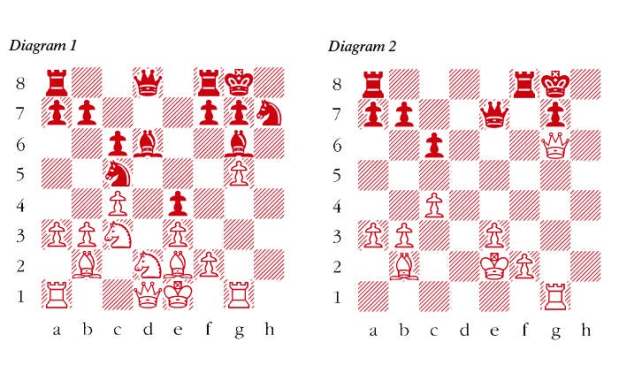

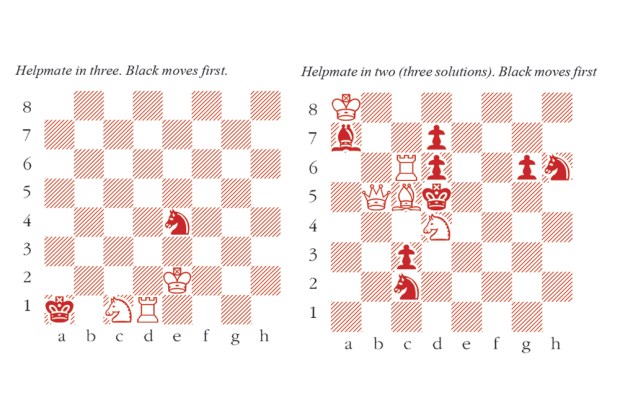
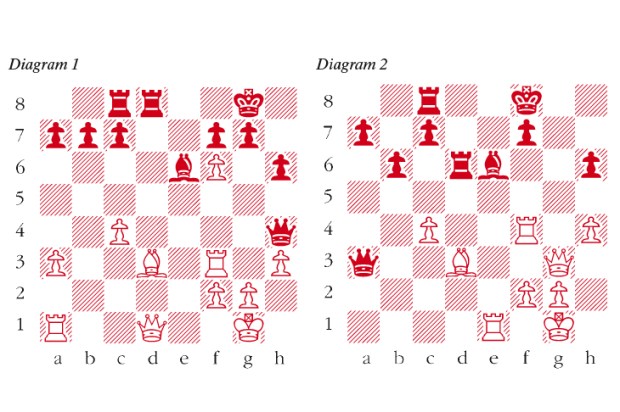
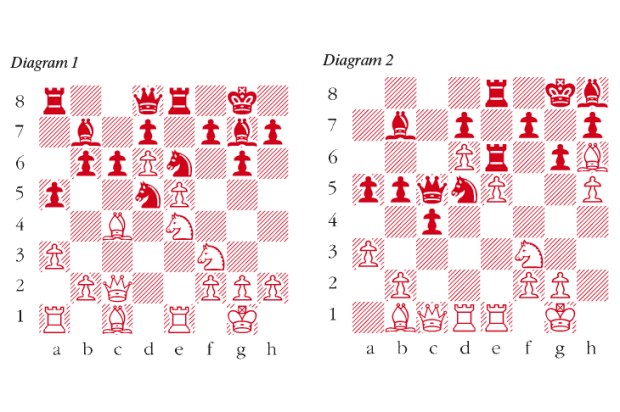
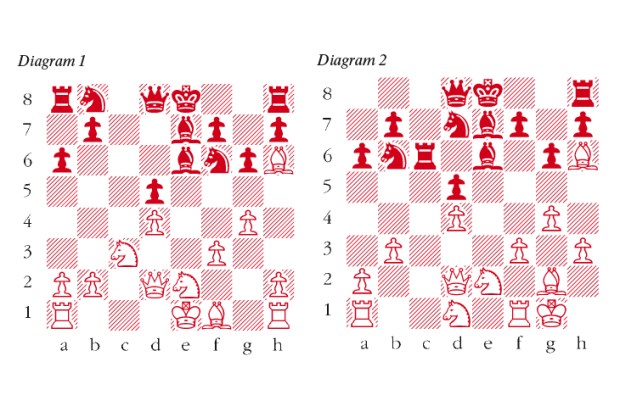






Comments
Don't miss out
Join the conversation with other Spectator Australia readers. Subscribe to leave a comment.
SUBSCRIBEAlready a subscriber? Log in